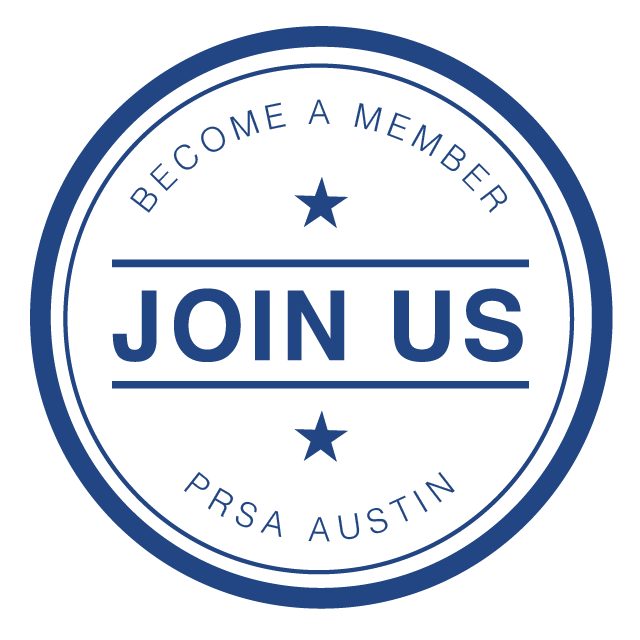|
The New World of Online Reputation Josh Greene, CEO and founder of The Mather Group, shared insights on how to navigate the new world of online reputation at the PRSA Austin Masters’ Breakfast in April. Here are some of his top tips on what you can do to improve your organization’s online reputation, both immediately and for the future. 1. Google is your business card Contacts will Google you and your organization before they ever meet you, and you can control the results more than you think. Take stock of how you or your organization are showing up on Google. At a minimum, people want to see a LinkedIn profile (personal for people, business for organizations) and a website. Also check to see if the information that pops up in a search is accurate. If not, you have work to do. 2. Keep your website current We are all familiar with the facts that we see when we search for a favorite restaurant or business. Google grabs much of that data – including location, business hours, and other important details – directly from your website or Wikipedia page. Be sure to make updating your website a top priority because that information will show up in searches. 3. Use the tools the platforms give you Google Business Profile is often overlooked by organizations. Make sure to claim your free profile and populate it with accurate information. Google uses this information in other places. Also make sure that you keep track of who has access to your accounts and record passwords for all platforms, including social media and Google Analytics. It is surprising how often a business does not know how to access its own accounts when an employee leaves the company. 4. Be consistent across platforms Make sure that the description of your organization is consistent across all platforms. Even though you can alter your tone and voice, your bios and basic information should be the same across Instagram, LinkedIn, Facebook, X and Threads. 5. Leverage the power of LinkedIn Be sure to keep your LinkedIn profile up to date because contacts will be looking at it and Google also pulls information from this platform. It is amazing how often the About section for many companies sound like they were written by an intern years ago. LinkedIn is also great for credibility and brand awareness. Try out the LinkedIn Live or LinkedIn Newsletter functions to increase visibility for your organization. 6. Track customer reviews Keep track of reviews of your organization on Google, Yelp and any other site that is publicly viewable. You can influence whether a review gets traction by flagging negative reviews, and you can also ask customers for positive reviews. Glassdoor wants organizations to ask for reviews. Google reviews are especially powerful, so be sure to assign someone in your organization to watch and respond to them. Bonus Pro Tip: If you would like to complain about a review and can’t get through to a real person, try sending a message to the investor relations department because that sometimes gets more attention. 7. Don’t edit Wikipedia unless you know what you are doing You should not be editing your own organization/company Wikipedia page. Editing Wikipedia is a complicated process, and some organizations do more harm than good by diving in to alter entries on their organization. There are many roadblocks and danger zones to avoid, so rely on an expert to guide you through this process for best results. Important to know: Wikipedia is one of the top sources for AI. If you want to become a Wikipedia editor, start small with a topic or posting of something you know about but isn’t related to your business. Check out Josh Greene’s recent book, Wikipedia for Business, for all the tips and tricks you need to be a Wikipedia expert. Bonus Pro Tips on SEO rankings: 1. Earned media will play a big role in your SEO standing because it is considered the most reputable by Google
About The Mather Group The Mather Group is a digital agency that solves marketing challenges for companies of all sizes. With over 20 years of experience creating and implementing digital strategies, Josh Greene empowers top brands and individuals to shape their online presence to support their bottom line. He has worked with some of the largest Fortune 1000 companies, five of the largest nonprofits in the U.S., popular media channels, the third largest network provider in the U.S., two of the largest manufacturing companies in the U.S., and many software companies.
|


